Benoit Revilliod has worked in many Parisians VFX studios such as Ex Machina, Def2Shoot or Wizz. Alongside his work as VFX supervisor, he is a professor at the school SupinfoCom.
Can you explain your background?
My background is that of a self-taught.
I started wanting to made computer graphic at my second class after meeting a passionate guy. We did our first movies with 3D Studio 2.0 under DOS. Two years later, we had an Silicone Graphics with Alias and then came the revelation!
Once I had enough pictures to present, my goal was to integrate a true VFX company to train myself professionally.
I did my best to enter at Ex Machina, where I stayed for about 3 years, it was an internship at the beginning then on nightshift and finally on dayshift. I kept great things of it, especially thanks to my mentors Jean Colas (who taught me to make a good 3 point lighting, before he worked on episode one of STAR WARS) and Jerome Gordon (in modeling).
At that time, the ancients had a real desire to pass the knowledge!
How did Digital District got involved in this film?
Very naturally, the films of Bruno are made at Digital District. Before, they were at La Maison. Now at Digital, he is at home.
How was the collaboration with director Bruno Aveillan?
Pretty good, we usually work together, we know our expectations.
What was his approach to visual effects?
Bruno works with the effects that a more 3D compositing, but he knows very well the possibilities. Bruno never imagined may not be able to integrate as many 3D in the film, but with the jewelry, leopard, airplane, etc. 3D mattes, the proportion has finally gained momentum.
What materials did you use on set to retrieve all necessary information?
On the set the more difficult is not to interfere with the teams. The guy in charge of the tracking, Fred Meyer, tried to get as much information as possible about the location filming: with photo, distances, our robot with HDRI map, map of all kinds, camera speed, …
We also made deformation grids for the lenses in anamorphic and spherical as well as a special model to help the tracking for the shooting with the elephant.
Can you explain the shots creation showing the release of the panther?
The elements shot did not allow to do these shots. It is not easy to put a real panther in the position of a statue.
The creation of the panther was a real challenge for the animation supervisor, Mathieu Royer. To make it truly feline, our lead setup Jerome Caperan has even gone as far as to recreate the muscles.
The basis of the explosion was also made in CG, because the elements filmed looks more powder than diamond. Once the basic 3D good enough, the compositing artists have done a tremendous job of integration.
How did you handle the particles and the shiny aspect of the diamonds?
Mathieu Negrel, the team fx supervisor, made the setups of the panther explosion.
The shiny aspect was achieved through a in-house diffraction shader that is very fast, in Mental Ray, which allowed us to made good render for the diamonds.
Have you created a digital version for the Panther for some shots or actions?
Yes, of course, for the explosion of the panther, but also on the plane and in Paris.
Many other shots were incorporated in the Director’s Cut version, to be released soon, I hope.
How have you recreated St Petersburg for this sequence?
For this sequence, the artists at Digital District used the Matte Painting technique, which is to recreate a scene that does not exist at the shooting and is painted in 2D.
After a phase of iconographic research to create a setting as close to reality, artists transforms the matte in 3D and cut it into several plans for effective interaction with parallax effect, which creates camera movement (the bridge, columns, statues and part of the background are previously modeled in 3D).
This specialization of space combines compositing in this sequence.
The matte painting has also been used for part of the Love sequence and also for “Head to head with the Celestial Dragon,” and for the scene set in Paris.
Three months of work were required just for this phase of matte painting.
The shots of St Petersburg are actually shot at an airport. All the sets are digital extensions. The artists which have made those mattes are doing a great job but the big difference between this film and another one is that all mattes were specialized either with compositing teams or CG teams with cammap, making them more alive.
Can you explain in more detail the creation of bracelets rolling in the snow?
Some of the bracelets are in full CG. Other are 1:4 scale models on which we put CG rings to add the reflections.
Can you explain in detail the design and creation of the beautiful Dragon?
To determine the aesthetic character of the Dragon, a drawn visual search is a prerequisite. After validation of the proportions, colors and physical features, the character designer gives way to the modelers, animators, setupers to finally ends with the usual phases of texturing, lighting, shading etc..
With this setup step, the components of the celestial character, such as scales reach an optimum level of independence movement of the general body, revealing a wonderful creature with an authentic look.
The design was created by Stephane Levalois. A number of back and forth between Bruno and Cartier were necessary to be sure that our creation embodies the spirit of jewelry brand.
How did you handle the interaction of the Dragon with the hill?
We shot a lot of element of rubble. But for better integration, it was also a lot of fx of rock falls, smoke, dust, etc..
What was the biggest challenge for you in the sequence with the elephant and the plane?
The hardest part of the sequence of the elephant was completely recreate his back to be sure that the palace can really be part of the back.
Can you tell us about the creation of the palace on the back of the elephant?
To integrate the palace on the elephant, we had to completely recreate his back and animate the deformation of the skin.
How did you handle the shots of the panther on the plane?
It is a mix of CG leopard and other shot on a greenscreen.
Can you explain the creation of Paris at night?
There is lot of matte painting and graphics research in compositing to find the look of this sequence. Strangely, it was a sequence more complicated than expected. The result takes us well in a Revisited Paris.
Have you developed new tools for this project?
One of the leads that I have not mentioned yet, my friend Marc Dubroi, who shared the supervision of the film, handled the layout and workflow tools of all kinds.
He has developed tools for cutting the shots to be very responsive when a new edit comes, pipeline tools in Maya and communication tools for artists to easily publish video in Shotgun. Excellent work, without which the film would not exist!
As supervisor of the studio, I was busy to oversees the render, I did the shave and the shading and then the rendering for the leopard… which kept me quite awake!
What do you keep from this experience?
A beautiful human experience. I have the chance to choose my team and I can say that there, it was my dream team.
How long have you worked on this film?
6 to 8 months with the pre-production but 2 harder months since the final edit.
How big was your team?
Over 50 people worked on the post-production for L’ODYSSEE DE CARTIER.
Seven months of post production work were necessary for this film. Three months for each phase of assembly.
How many shots have you made?
Personally about 35.
What is your next project?
I am currently on the new Bruno film, a Chanel film.
What are the four movies that have given you the passion for cinema?
Of course the first who gave me the passion of the special effects are TRON, BACK TO THE FUTURE, and other fantasy films.
But I have fairly eclectic tastes, I was very sensitive to films as diverse as NO COUNTRY FOR OLD MEN by the Coen Brothers, THERE WILL BE BLOOD by Paul Thomas Anderson or LA JETÉE by Chris Marker.
A big thanks for your time.
// WANT TO KNOW MORE?
– Digital District: Dedicated page about L’ODYSSEE DE CARTIER on Digital District website.
// L’ODYSSEE DE CARTIER – BRUNO AVEILLAN
// L’ODYSSEE DE CARTIER – CREDITS
Post producteurs
NATALY AVEILLAN
MATTHIEU LAUXEROIS
Story board
Rough man
FRED REMUZAT
Designer dragin et panthère bijou
STEPHANE LEVALLOIS
Recherche graphique Saint-Petersbourg et Chine
FRANÇOIS PEYRANNE
Monteuses
CORALIE RUBIO
FRED OLSZAK
Monteur adjoint
ANTHONY ORNECQ
Assistant monteur
REMI NONNE,le bocal
Flame Superviseur
BRUNO MAILLARD
Flamistes
MICHAEL MARQUES
JONATHAN LAGACHE
ERIC ALCUVILLA
INGMAR RENOUARDIERE
Compositing Superviseur
VINCENT GUTTMAN
Graphistes
JOHANNES BELLAROSA
PENELOPE VAN DE CAVE
FREDERIQUE VAUTEY
MORGAN VANORA
JEANNE LOYER
MATHIEU GIRARD
MIKAEL LYNEN
SYLVETTE LAVERGNE
AURELIEN TEURLAI
FRANÇOIS POUPON
Matte-Painters
THIEN-CO PHAM KE
DELPHINE VAN BAY
JUSTINE GASQUET
ADRIEN ZEPPIERI
Conformation
JEAN_MATTHIEU SENECA
Tracking 3D Superviseur
FRED MAYER
Graphistes
XAVIER GOUBIN
PIERRE PILARD
Lead layout, Lead pipeline
MARC DUBROIS
Modeling / Layout Graphistes
MATHIEU BRIOLAT
BENOIT ROEKENS
PAULINE GIRAUDEL
JULIEN ROGUET
ROMAIN CARLIER
NICOLAS MARTIN
Lighting/Shading/Rendering Superviseur
BENOIT REVILLOD
Graphistes
NICOLAS BRUNEAU
OLIVIER OSOTIMEHIN
AXEL MORALES
CELESTIN SALOMON
ARNAUD JOLI
SETUP Superviseur
JEROME CAPERAN
Graphistes
SEBSTIEN DRUILHE
JEAN_BAPTISTE CAMPIER
Lead animation
MATTHIEU ROYER
Animation Superviseur
MATTHIEU ROYER
Graphistes
SEBASTIEN KUNERT
DAVID LAPIERRE
JULIEN BOUDOU
LAURENT PANDACCINI
GABRIEL GELADE
SFX Superviseur
MATHIEU NEGREL
Graphistes
LUCIE CASALE
THOMAS EID
NICOLAS ZVOROWSKA
© Vincent Frei – The Art of VFX – 2012



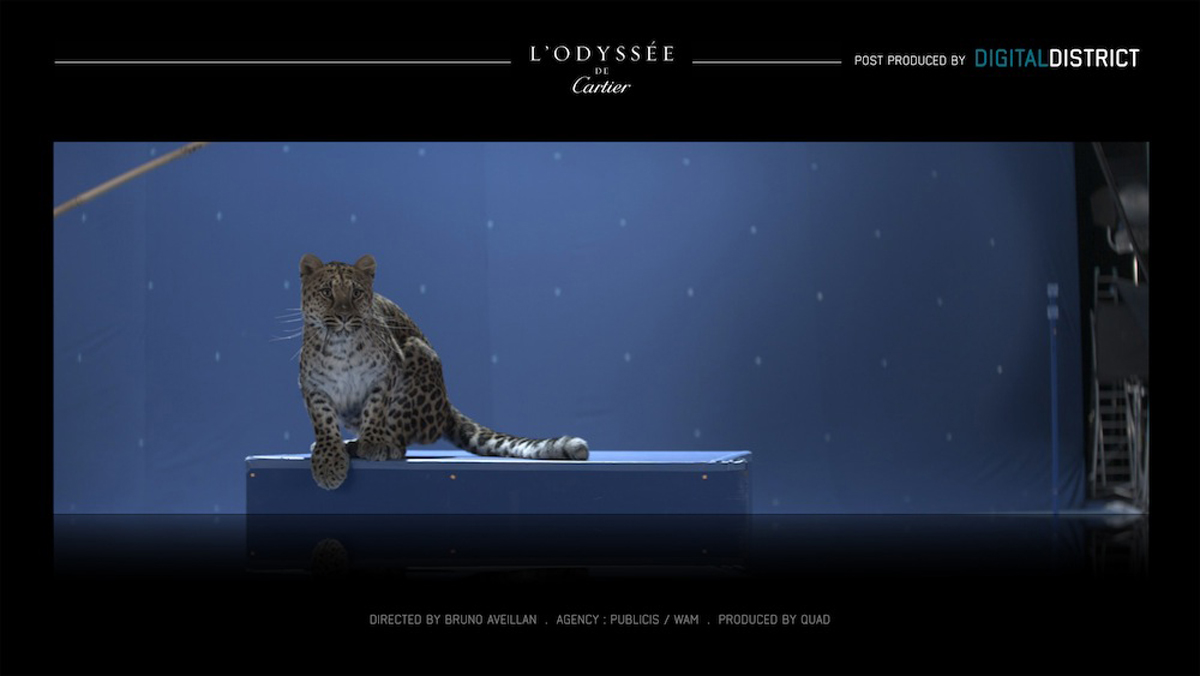
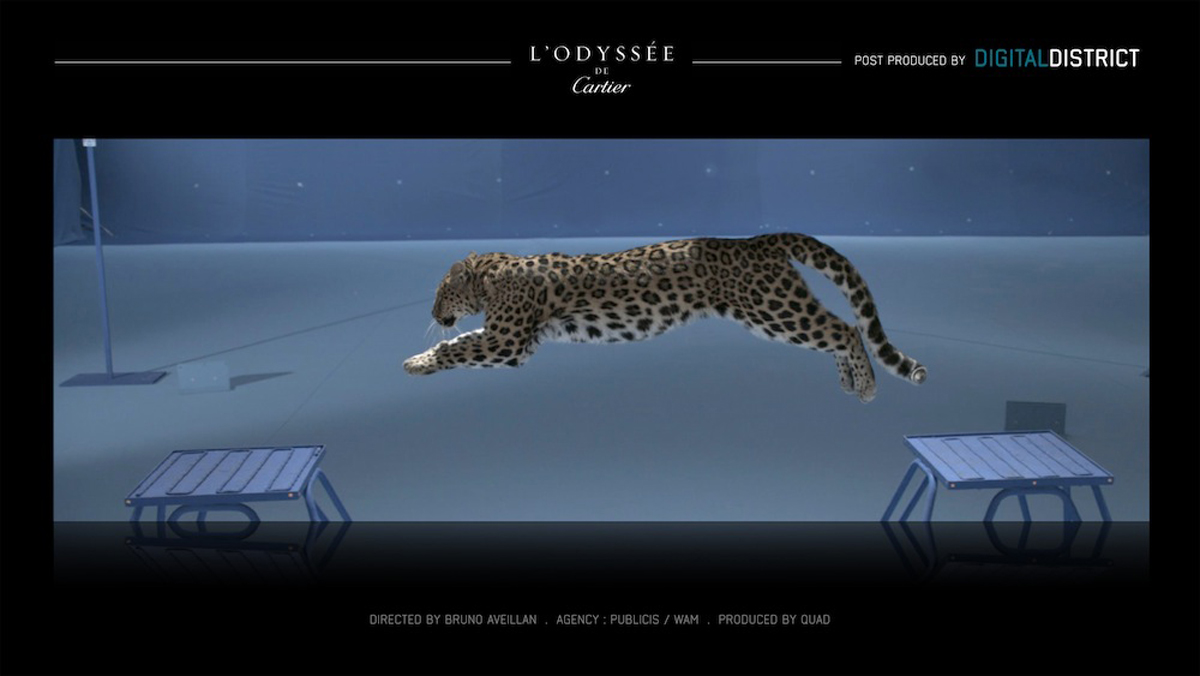
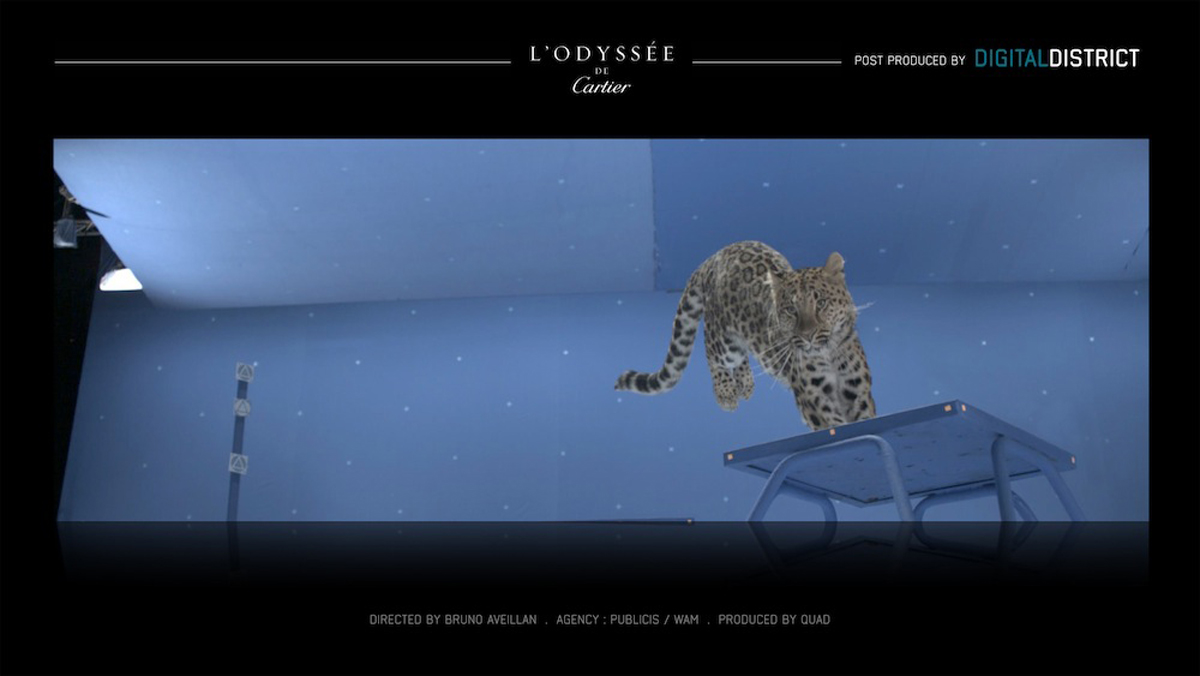
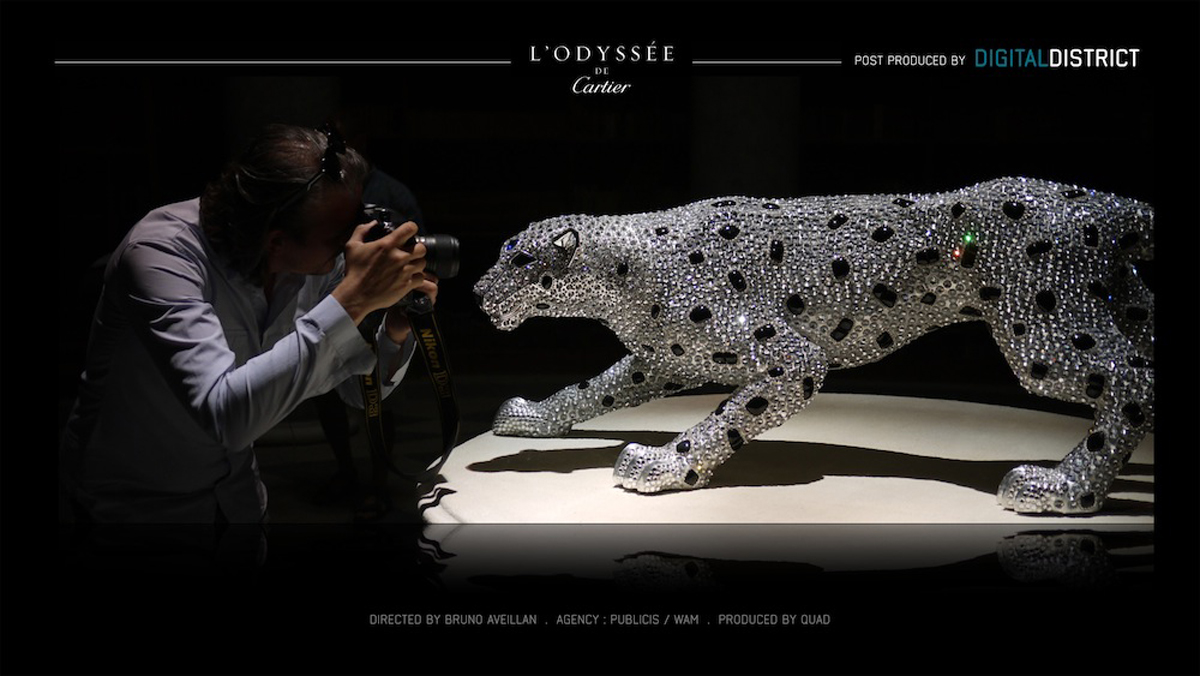
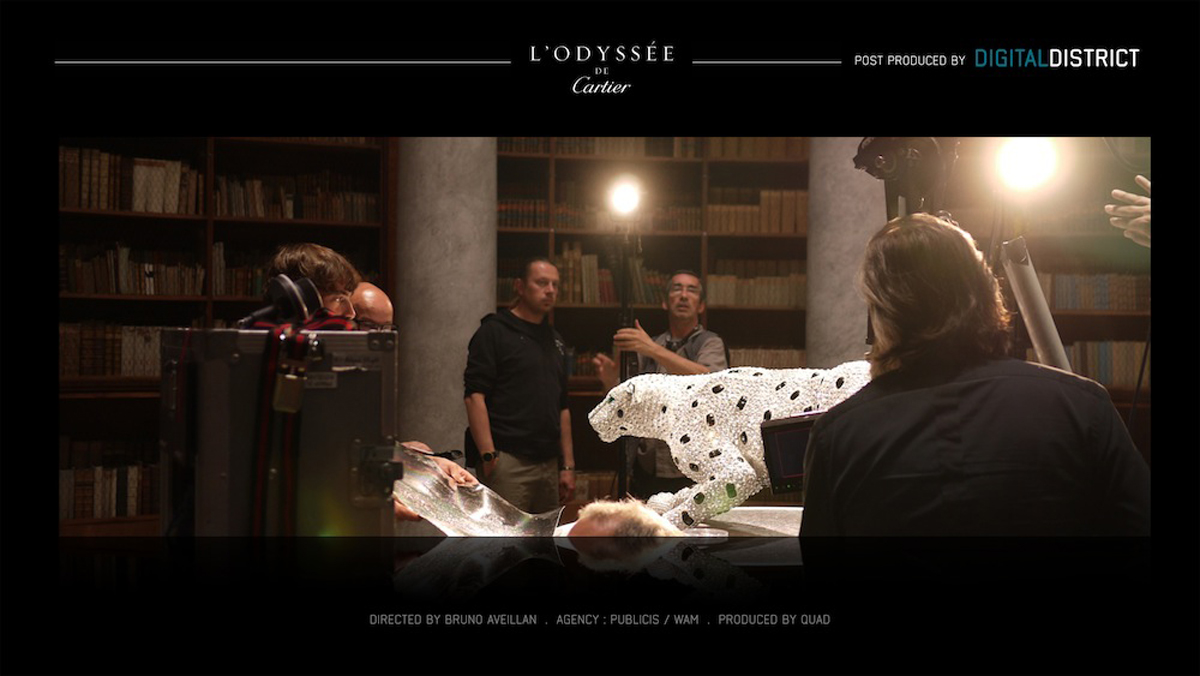
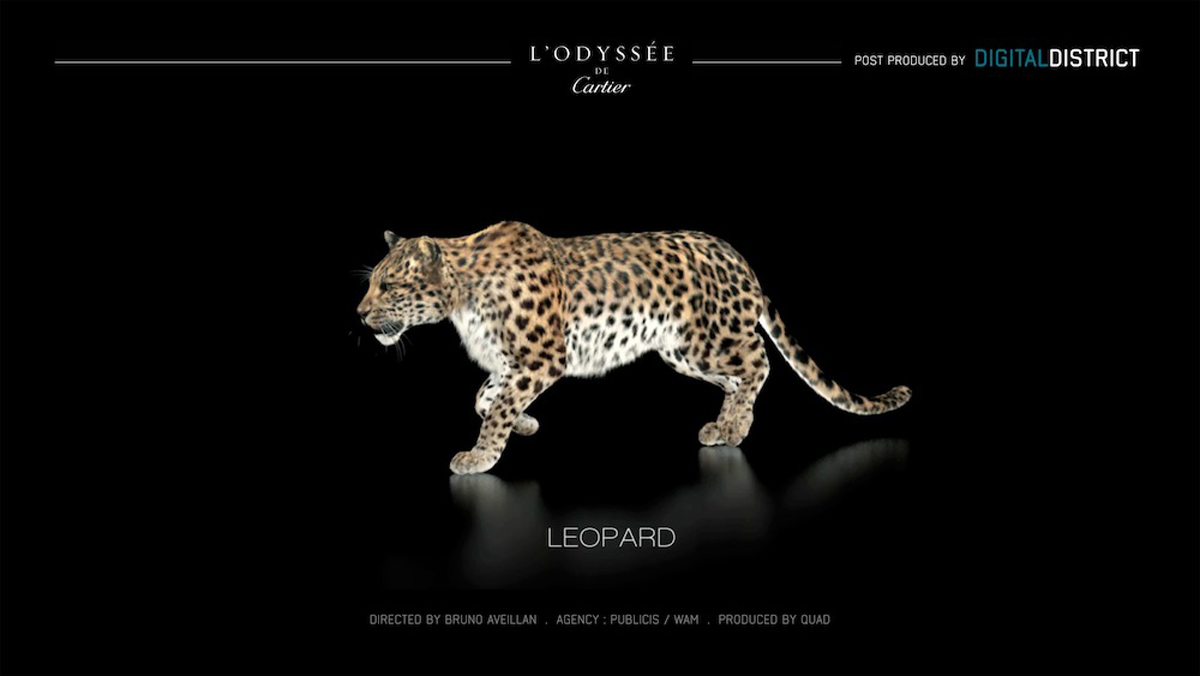
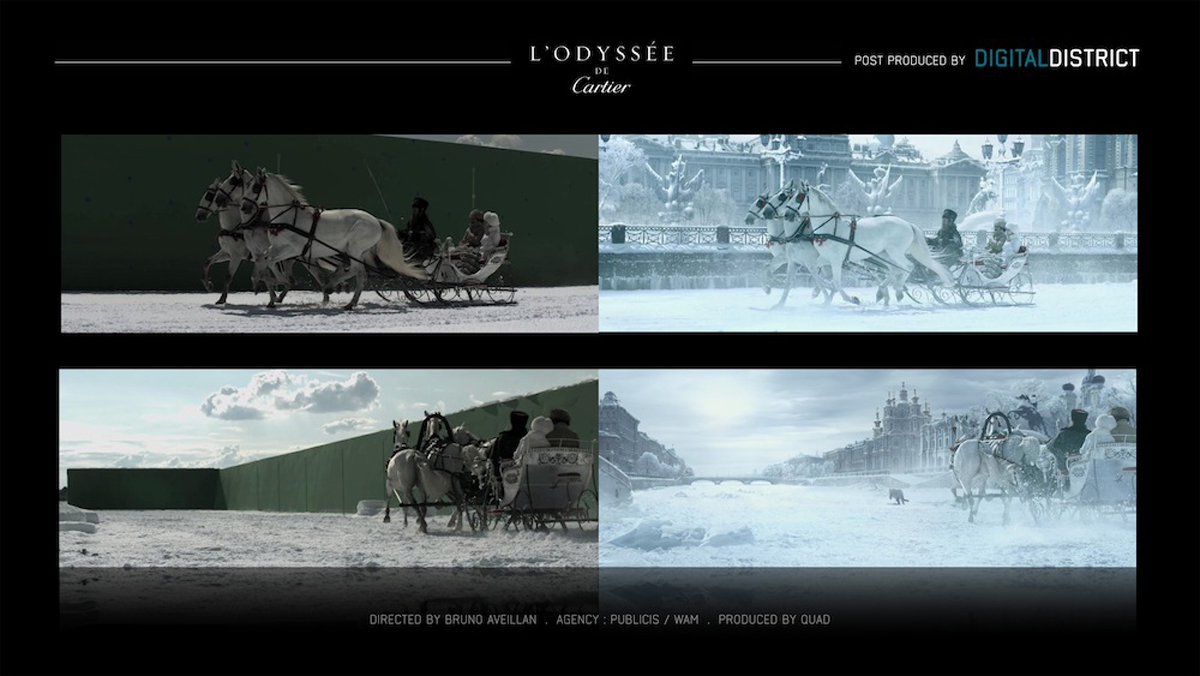
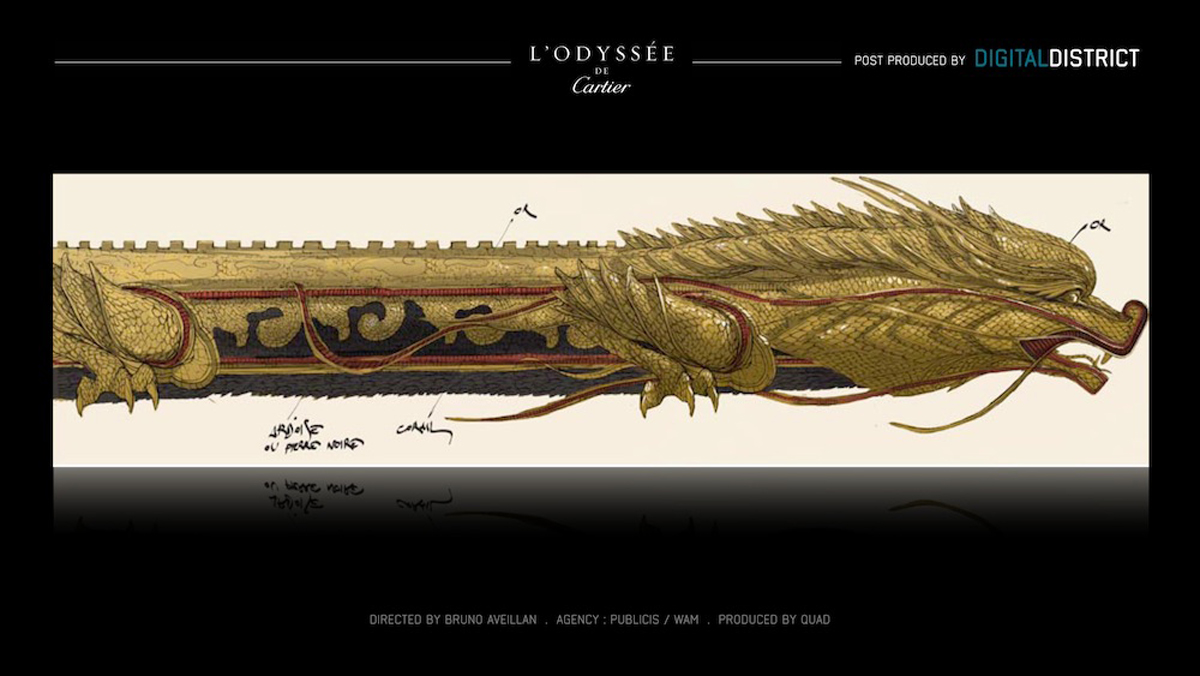
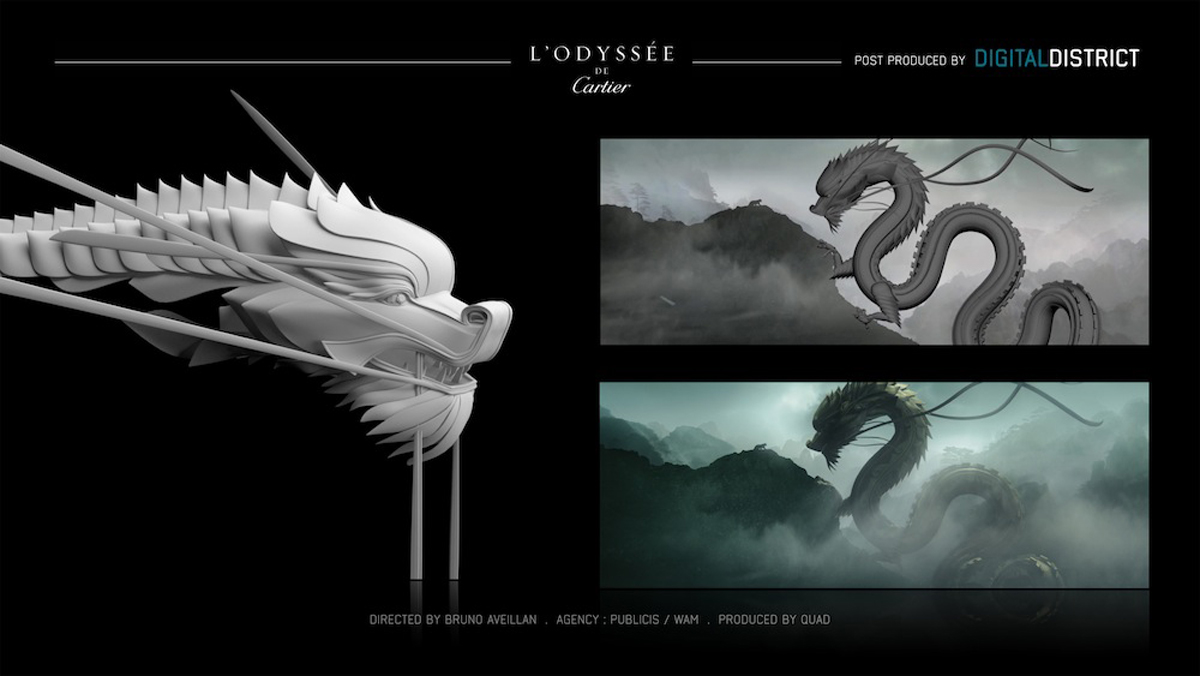
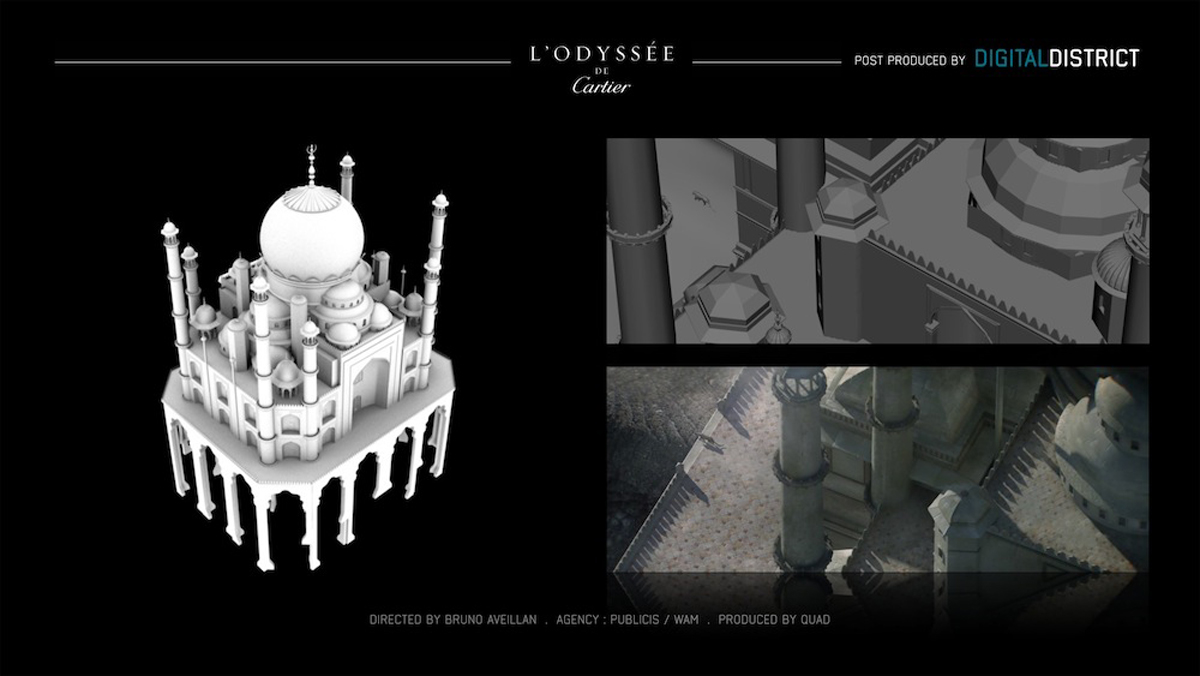
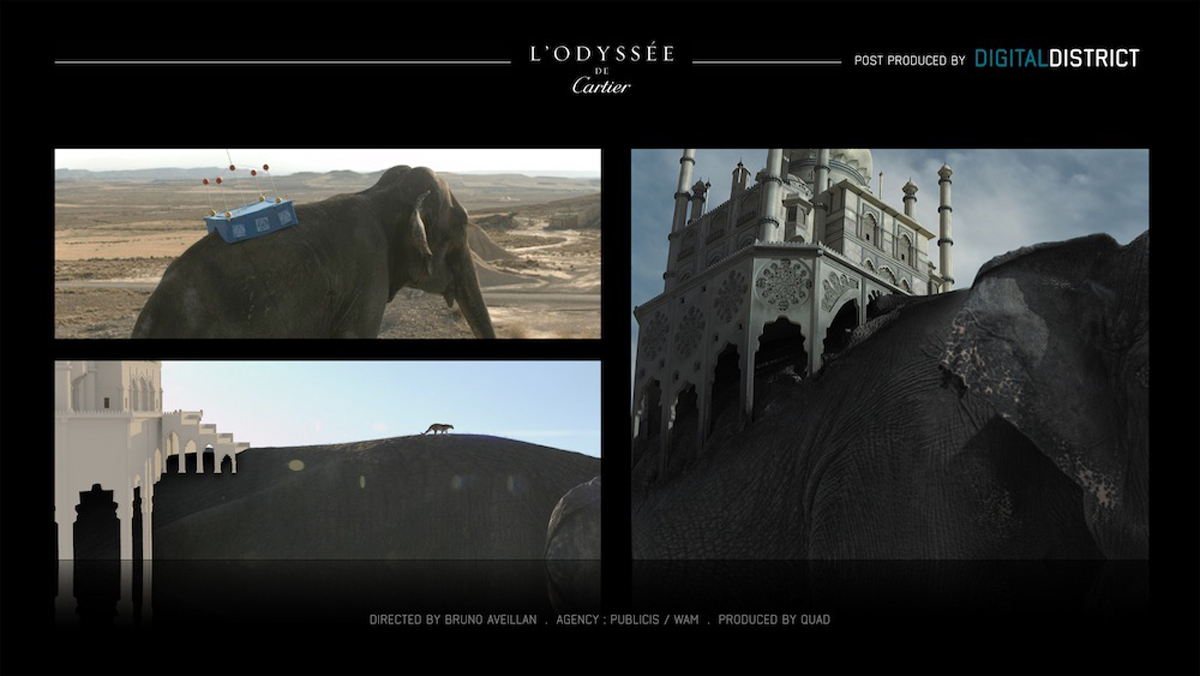
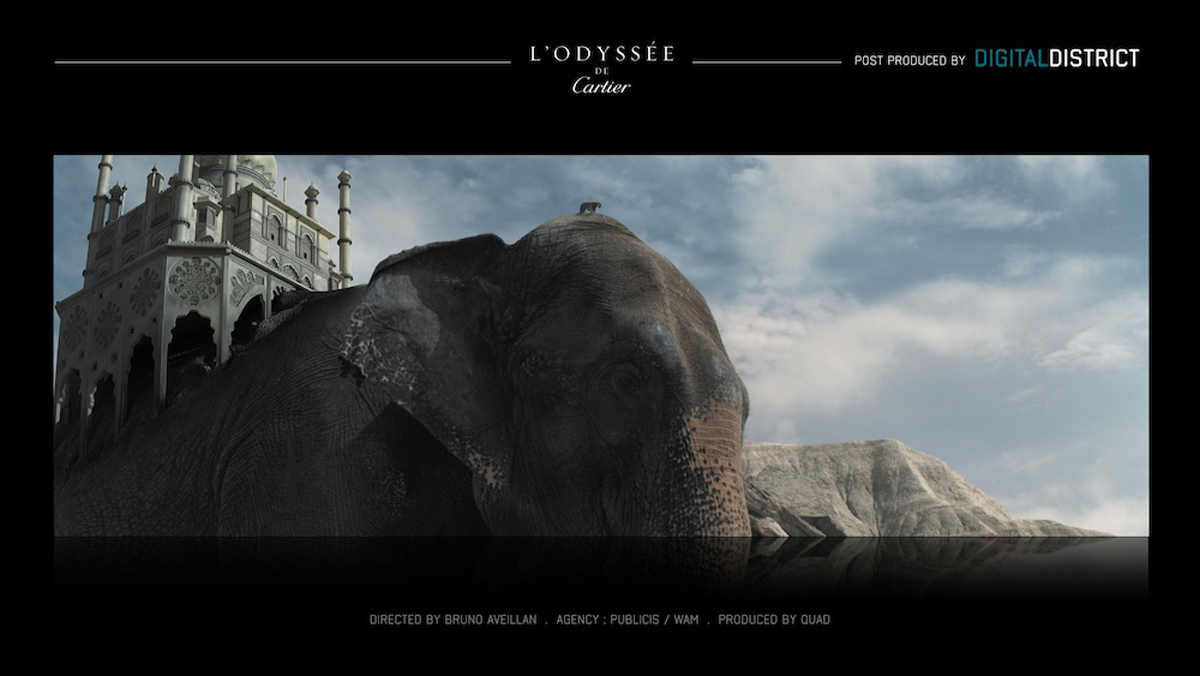



Trés intéressant et bien illustré, un grand bravo à toute l’équipe qui à mis tout son talent au service de cette magnifique pub de bruno Aveillan.
Amazing Work.. really love your blog … the detailed jewel breaking shot was really planned and executed nicely.Great to see the amount of VFX work going n all over the world ..especially outside Hollywood. Even here in India the quality of VFX is increasing exponentially.